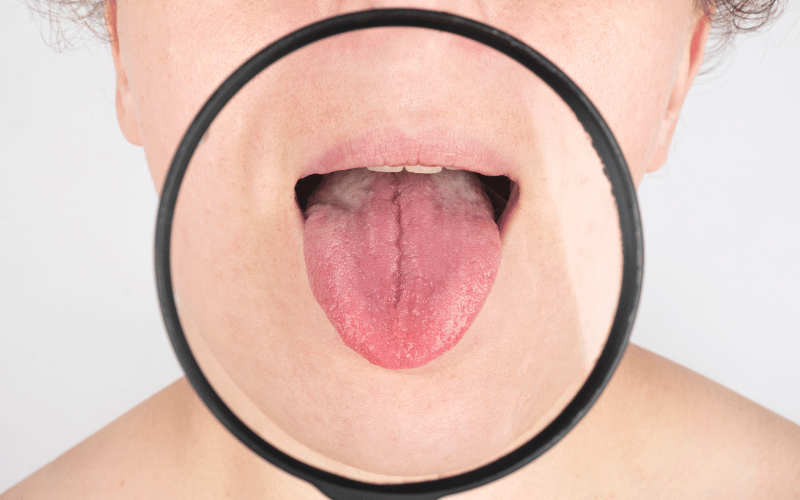Introduction: Unmasking the Mystery of MRG
Oral health often serves as a window to our overall well-being, offering insights into conditions that might otherwise go unnoticed. One such condition, Median Rhomboid Glossitis (MRG), is more common than most might realize, lurking quietly behind those occasional tongue discomforts or visual changes.

Nestled within our mouths, the tongue is a dynamic organ, constantly at work, aiding in speech, taste, and digestion. But when something seems amiss, like an unusual patch or a change in sensation, it’s vital to tune in. Enter MRG—a condition characterized by peculiar symptoms primarily manifesting on the tongue.
Distinguishing MRG from other oral conditions isn’t always straightforward. The array of symptoms can overlap with other ailments, making a keen observation crucial. This article aims to shed light on these symptoms, offering clarity and understanding to anyone intrigued or potentially affected.
Recognizing the symptoms of MRG early can be pivotal for timely interventions and preventing potential complications. As you journey through this article, equip yourself with the knowledge to identify the top 10 hallmarks of this condition, ensuring you’re always a step ahead in safeguarding your oral health.
1. Red or Pink Lesion on the Tongue: MRG’s Visible Signature

Our tongue, the muscular organ that it is, often plays the silent guardian, sounding alarms through visual cues. One such visual marker is the appearance of a red or pink lesion, typically at the center of the tongue. MRG, in its early or advancing stages, often manifests itself this way. The lesion can vary in size but usually maintains a distinct hue.
However, what sets MRG apart is its strategic placement. The lesion, usually oval or rhomboid, locates itself primarily on the posterior dorsal midline of the tongue, a rather unusual place for any random tongue affliction. It’s a no-fuss marker, with no raised boundaries or any irregularities to its shape, making it both unique and peculiar.
But what intrigues the curious minds is why this happens. The exact etiology of MRG remains under debate, but its association with Candida, a common fungus in our mouth, is noteworthy. This fungal component possibly causes the tongue’s surface to change, leading to this telltale lesion. (1)